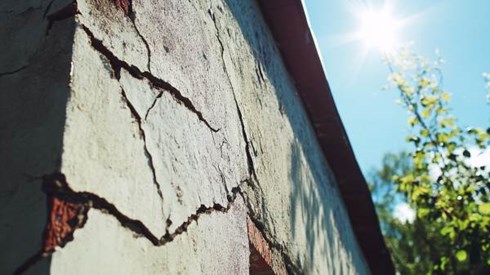Connecticut's Crumbling Foundations Captive Enters Final Phase

July 08, 2025

The Connecticut Foundation Solutions Indemnity Company (CFSIC)—the captive insurer created to tackle the state's crumbling foundations crisis—has passed a major milestone: over 1,100 home foundations fully replaced, with more than 1,500 families now served since the program launched in 2019.
In a July 7 update, CFSIC reported that total claims paid now exceed $172.6 million, with an additional $81.7 million reserved for approved but unfinished work. More than 2,400 homeowners have applied to the program, and the average remediation cost remains just under $139,000.
CFSIC is currently managing peak construction activity, paying out roughly $900,000 each week to contractors working across dozens of sites. That pace is expected to continue through the summer.
Looking ahead, CFSIC confirmed it will not seek additional state funding beyond the fiscal year ending June 30, 2030. A final request for $100 million in bond funding has been included in Connecticut's biennial budget bill. If approved, that support would enable the program to finish the job by 2031.
While the program is winding down, CFSIC stressed that it's not slowing down. Hundreds of additional claimants are expected from affected towns like Vernon, Tolland, and Manchester. Homeowners with early-stage foundation issues are being urged to apply now, even if remediation may be years away. Claim status and funding priority are determined by when a homeowner enters the program—not by how severe the foundation damage is at the time work begins.
Each project moves forward only after a formal participation agreement (PA) is signed by both the homeowner and CFSIC's Superintendent, Michael Maglaras. The PA represents CFSIC's financial commitment to fund the work. Once signed, the contractor receives a deposit so the project can be scheduled without delay. The queue for these agreements is strict and timestamped; as of mid-May, the program was processing PAs for homeowners who applied in October 2024.
CFSIC also reminded applicants that claims can't move forward without a visual inspection conducted by a certified home inspector or licensed engineer. Core samples alone do not meet the eligibility requirements. Many claimants are stalled in the system simply because they haven't submitted the necessary documentation.
To avoid delays, CFSIC recommends waiting until a claim is designated "active" before gathering contractor bids. Early bids risk expiring before the project is ready to move forward. Homeowners are also encouraged to retain all paperwork, including contractor worksheets and signed proposals, which are needed to finalize funding.
Support for the program remains strong across Connecticut. In the latest update, town officials and homeowners praised the program's role in restoring property values, stabilizing tax rolls, and returning housing security to families in the region. With administrative costs kept under 4 percent of annual revenue, CFSIC continues to operate with lean overhead and a clear mission.
With the end of funding now in sight, CFSIC is urging eligible homeowners to act. Those who wait may miss the opportunity to participate if funding runs out or the program closes. Even homeowners with less severe damage are encouraged to file now to reserve their place in line before the window closes for good.
July 08, 2025
